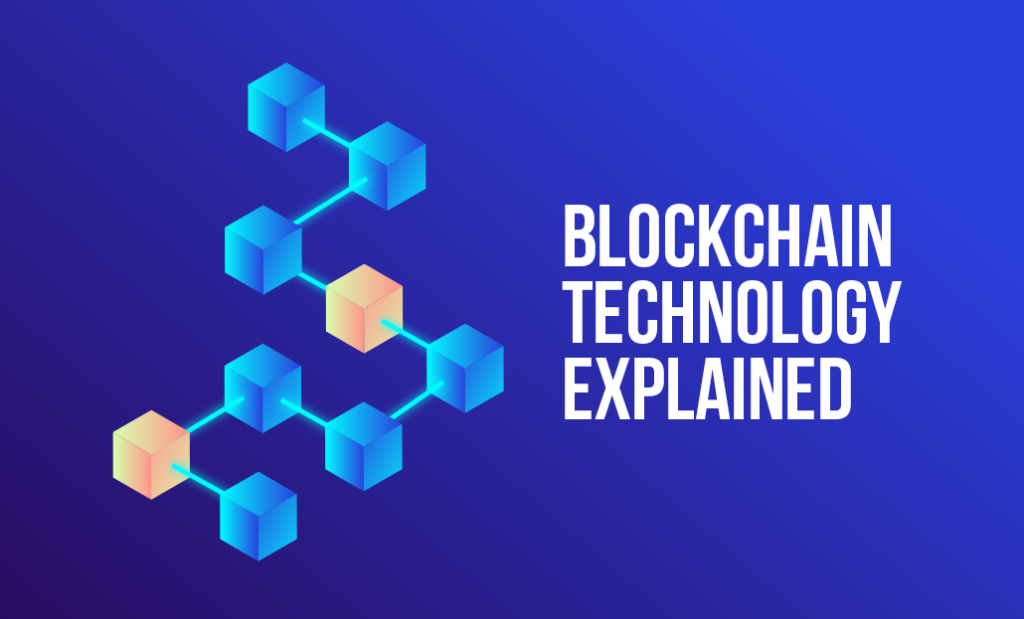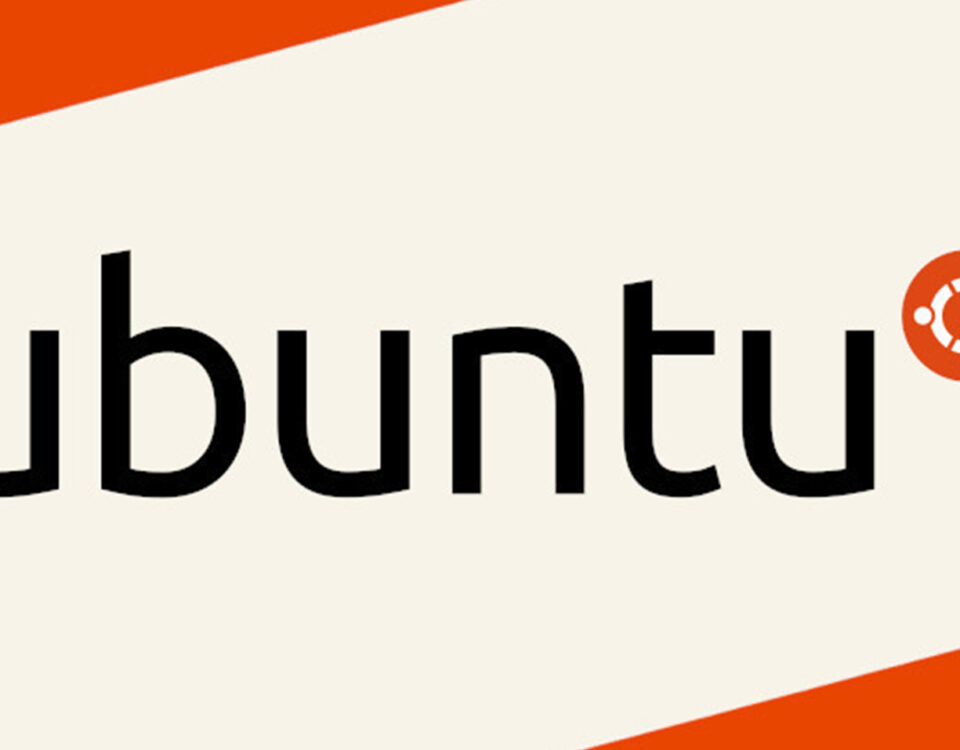Blockchain: Ready for business

CES 2022: PlayStation Announces VR 2 Headset And Sense Controllers
12th January 2022
What is Apple M1X
21st January 2022Distributed ledger technologies are changing the nature of doing business and helping companies reimagine how they manage tangible and digital assets.
Trendy cryptocurrencies and nonfungible tokens (NFTs) capture media headlines and the public imagination, but these and other blockchain and distributed ledger technologies (DLTs) are also making waves in the enterprise. Much like the TCP/IP protocols that provide underlying support to enterprise network communications, shared ledgers could eventually become an integral, if invisible, foundation of business operations, allowing established industry leaders to expand their portfolios and create new value streams and enabling start-ups to dream up exciting new business models.
Blockchain and DLT platforms have crossed the disillusionment trough of the hype cycle and are well on their way to driving real productivity. They are fundamentally changing the nature of doing business across organizational boundaries and helping companies reimagine how they make and manage identity, data, brand, provenance, professional certifications, copyrights, and other tangible and digital assets. In fact, while companies cancelled purely speculative blockchain projects during the pandemic, they doubled down on those delivering proven benefits.
XpertLab – Web development Company in Junagadh
When Tech Trends last discussed blockchain, we explored the need for standardized technology, processes, and skill sets to clear the path for adoption and commercialization. Today, technical advancements and regulatory standards, especially in non-public networks and platforms, are helping drive adoption by organizations beyond financial services. Maturing technology and platforms are helping advance progress by supporting interoperability, scalability, and security. As enterprises get comfortable with blockchain and DLT platforms, creative use cases are cropping up in many industries, fundamentally transforming the nature of doing business across organizational boundaries.
Blockchain at scale: Evolving technologies and standards
First-generation blockchain and DLTs have proven the feasibility of such applications as cryptocurrency trading, clearing, and settlement—but they have also proven to be slow, energy-hungry, and impractical to scale.
At first, the market teemed with numerous platforms and protocols. However, it lacked technical or process standards and, without interoperability, enterprises could not interact across multiple platforms. Early use cases were constrained to the simple transfer of value from one party to another. Users couldn’t create conditional transactions or contingencies that would allow parties to agree on terms.
XpertLab – Web development Company in Junagadh
In addition, adoption was limited by unique challenges associated with transaction verification. For example, cryptocurrencies and other use cases verified transactions using the proof-of-work consensus mechanism, a complex and lengthy computational process that consumes high amounts of energy and has high per-transaction fees and slow transaction times—10 minutes or more for each transaction.
Such challenges are typical of the early stages of adoption of most technologies, and entrepreneurs, enterprises, and academic institutions set out to industrialize blockchain and other DLT platforms. Today, maturing technologies, evolving standards, and new delivery models are boosting enterprise adoption. For example:
Non-public and permissioned networks. Many early DLT platforms are low-trust public networks in which anyone can participate. As a result, these networks often include fraudulent members and lack complete privacy and anonymity. Today, risk-averse enterprises have more trusted, secure options: non-public (i.e., private) networks, which only allow select, verified members to participate; and permissioned networks, which anyone with a verified identity can join, with member activities controlled via permission-based roles.
Technology improvements.A growing emphasis on usability and speed permits practical use cases not supported by first-generation applications, including the ability to set up self-executing contracts and contingencies. New types of cryptographic processes for verifying transactions consume far less energy than the proof-of-work process and have eliminated bottlenecks, enabling speedier transactions and lower per-transaction fees and energy consumption. For example, the proof-of-authority consensus mechanism is used to verify transactions in many of the private and permissioned networks favoured by enterprises.
Improved interoperability. Many DLT platforms suitable for enterprise use have emerged. Polka dot, Cosmos, Wan chain, and many other new protocols and platforms enable enterprises to connect multiple blockchains and seamlessly interact, collaborate, share, and make transactions with multiple entities across numerous platforms. This allows organizations to develop foundational infrastructures that support multiple use cases and customized applications. Architecture, consensus mechanism, token type, and other characteristics vary among platforms, and organizations may need to explore more than one, depending on objectives and use case.
Technology and innovation ecosystems. With the increase in the number of DLT platforms, innovation has grown in tandem, and an extensive, vibrant ecosystem has emerged. Its participants are developing decentralized apps that provide such specialized functions as identity management and supply chain management.

Blockchain beyond Wall Street
Enticed by the promise of safer, more efficient transactions, the financial services industry has been leading the way in leveraging blockchain and other DLT platforms. But the benefits extend far beyond Wall Street, especially in uses cases in which multiple organizations access and share the same data and need visibility into transaction history. Typically, this is an expensive, inefficient process lacking trust and security. As the potential emerges for blockchain and other DLTs to bolster the efficiency of business operations and create new ways of delivering value, many forward-thinking companies in other industries are implementing and integrating these technologies into existing infrastructures and road maps.
In fact, the vast majority of participants in Deloitte’s 2021 Global Blockchain Survey (80%) say their industries will see new revenue streams from blockchain, digital assets, and/or cryptocurrency solutions. And global spending is soaring, with one research firm predicting that it should increase from US$5.3 billion in 2021 to US$34 billion in 2026. According to another analysis, banking leads in blockchain adoption, followed by telecommunications, media, and entertainment; manufacturing; health care and life sciences; retail and consumer goods; and government. Retail and consumer goods are projected to see the fastest growth in blockchain spending between now and 2024.
Use cases gaining traction include:
Self-sovereign data and digital personal identity. Leveraging blockchain and other DLT platforms for secure storage and management, users can establish ownership over their personal data and create and control their own tamper-proof digital identities. This can enhance the security of personally identifiable information and prevent the creation of counterfeit or stolen identities. Applications include contact-tracing, electronic health records and credentials, and electronic voting.
Trusted data-sharing among third parties. As discussed in Data-sharing made easy, data access and sharing among third parties are typically restricted due to technology silos and privacy concerns. Private and permissioned DLT platforms enable organizations to securely interact with and exchange data, ensuring that verified, trusted third parties have only the specific levels of data access needed. Without sacrificing data integrity or privacy, organizations can share data across company and industry boundaries and enhance collaboration and trust among ecosystem partners. For instance, secure data-sharing among health care providers could improve the exchange of patient health information; in the intelligence community, it could facilitate the exchange of threat intel and other actionable information across agency and international boundaries.
Grant funding. For both funding agencies and grantees, blockchain and other DLT platforms can help reduce the administrative burden associated with monitoring and reporting financial and performance results. One study of federal agency initiatives found that using blockchain to make, track, and monitor grant payments enhanced the quality and transparency of grant reporting and improved the efficiency of payments and reporting.
Intercompany accounting. Intercompany clearance and settlement—especially for large global organizations or those with numerous legal entities—often involve multiple enterprise resource planning systems, spreadsheets, and manual processes; reconciliation frequently is delayed for many weeks after the transaction is complete. Blockchain and other DLT platforms can improve traceability, transparency, and auditability of intercompany transfers accounting, especially in mergers and acquisitions, by validating and creating a shared, immutable record of transfers.
Supply chain transparency. In today’s global supply chain, blockchain and other DLT platforms can improve product tracking and traceability to reduce counterfeit products and illegal or inferior ingredients and components; ensure the provenance of items such as turkeys, diamonds, and wine; and help governments enforce tariffs and trade policies. It can also help track assets and shipments, allowing for more transparency throughout the procurement process, from purchase orders and logistics to invoicing and payments.
XpertLab – Web development Company in Junagadh
Customer and fan engagement. Selling NFTs as collectables enables people and organizations to build digital communities, engage fans and customers, and build their brands. When COVID-19 restricted live sports and entertainment events, NFTs helped entertainers and sports personalities, teams, and leagues diversify revenue and stay in touch with their fans and customers. And when used for event ticketing, blockchain and NFTs have the potential to eliminate ticket fraud and scalping. Creator monetization. Artists, writers, inventors, and other creators often struggle to prove ownership of and monetize intellectual property (IP) through licensing patents, and copyrights. With blockchain and other DLT platforms, content creators can embed their IP with a smart contract that’s executed every time the IP is downloaded. The contract can trigger an automatic payment and flex based on user identity; for example, a large enterprise would pay more than an individual consumer.
Lead with business and customer need
It’s possible to draw an analogy between today’s DLT platforms and the internet of the mid-1990s—and to the change that the internet brought to business processes across industries and ecosystems.
Consider that in its infancy, the internet was slow, ugly, and misunderstood. Some legacy companies ignored it—after all, they reasoned, there’s no market for online shopping or movie streaming. Many start-ups, on the other hand, enthusiastically joined the party, adding the “.com” suffix to their business names and spending lavishly on business and product launches.
Both of these fairy tales ended badly. However, for every market leader that ignored the internet and fell by the wayside, another savvy incumbent eventually became an online giant. And while internet start-ups with unsustainable or flawed business models didn’t survive the long haul, those with solid business strategies and execution became wildly successful. When the dust of the dot-com era settled, the companies left standing were the ones that built—or rebuilt—their business models around tangible business and customer need.
The current state of blockchain and other DLT platforms is not unlike that of the internet in 1997: clunky, with an inadequate user interface, but with lots of possibility for enterprise applications. Like the internet, they’re helping businesses and organizations streamline business processes and operations and drive value through the creation of new digital business models. Their ability to build trust outside of organizational boundaries without the use of traditional intermediaries profoundly changes the way value can be created and delivered—and, like the internet, they’re transforming how business is conducted across industries and ecosystems. Within a single organization, change can be challenging; across multiple organizations and industries, it likely will be several orders of magnitude more difficult. As barriers to using DLTs fall, both incumbents and new entrants that are leading with business and customer need are able to navigate this transformation more smoothly.
Many entrepreneurs and start-ups are working to identify new customer use cases and develop and gain investors for new business models based on blockchain and other DLTs. For example, start-ups have created shared ledger-based authorship, and ownership platforms can solve challenges around copyrights, attribution, rights management, and royalty payments that artists, writers, and musicians face. But established market leaders aren’t sitting idly while these technologies disrupt their industries. Instead, they’re embracing DLT-driven business models and leveraging their reputations as trusted providers. For instance, Microsoft leans on blockchain to provide a record of royalty agreements and payments for its gaming partners.
The way forward
Today, maturing technologies, evolving standards, and new delivery models are boosting enterprise adoption of blockchain and other DLT platforms. A plethora of enterprise use cases continue to emerge, providing organizations across industries the ability to develop new business models that transform the value creation of all manner of physical and digital assets and streamline business processes across organizational boundaries. As confidence in the shared ledger grows, could the collective on-chain record one day be viewed as a more credible assertion of truth than an off-chain record?
Innovative business models can help start-ups break new ground and enable legacy enterprises to evolve or supplement existing business strategies to maintain their reputations as trusted brokers within the” trustless” shared-ledger ecosystem. To be successful, newcomers and old-timers alike will likely need to first identify a legitimate customer or business needs.
As organizations leverage blockchain and other DLT platforms to drive new business value, they likely will need to understand which platforms and protocols are the most relevant for their industries and use cases, and future-proof existing enterprise architectures to operate in multiple platforms. Finally, to support the cross-organizational and industry transformation that these technologies and platforms will bring, organizations can cultivate a sense of urgency in improving or changing business processes and bolster change management capabilities.
Logo Designing Company in Junagadh




